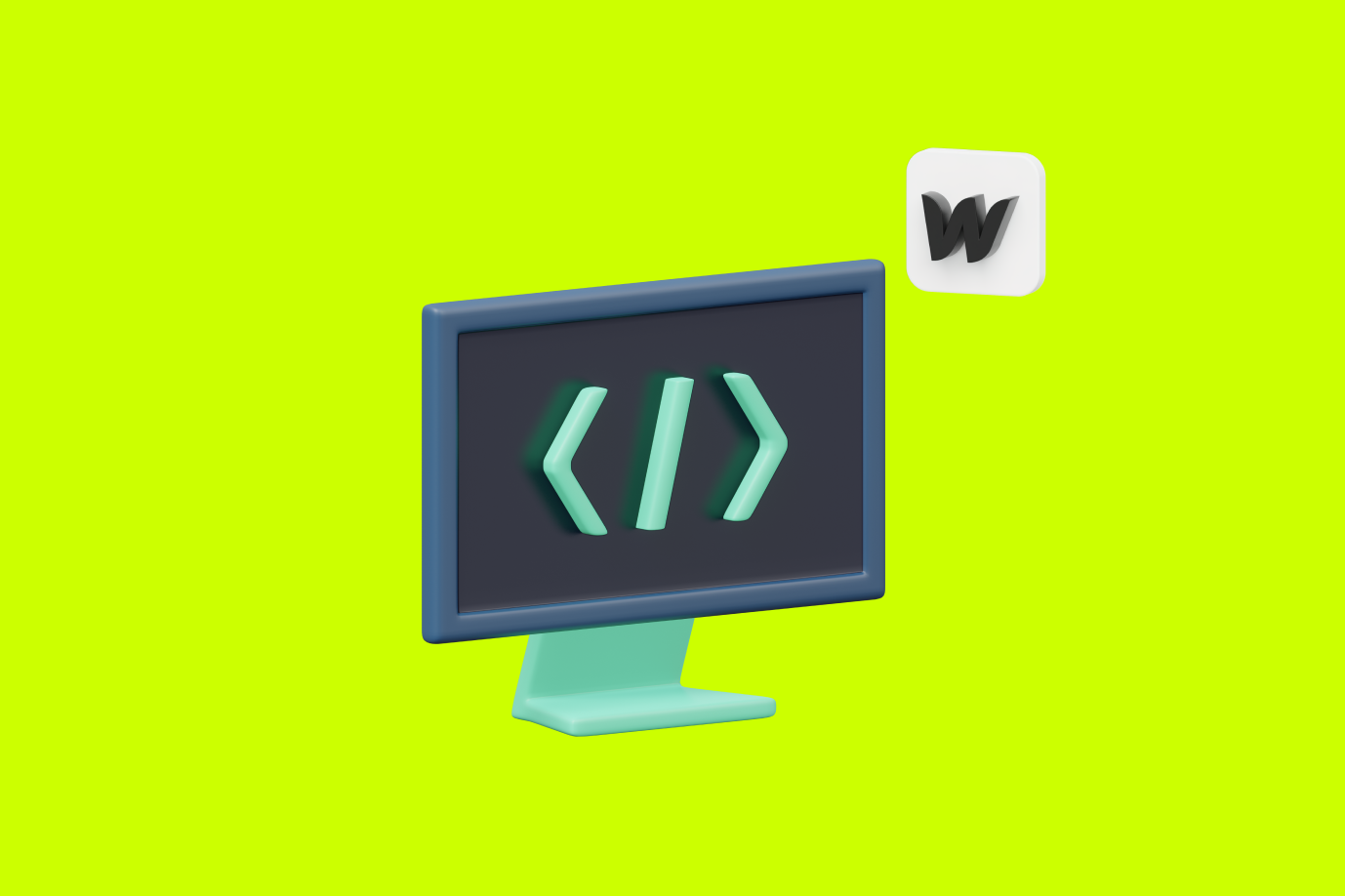Figma is a cloud-based design tool that allows designers to collaborate in real-time. It's a versatile platform that supports everything from wireframing and prototyping to design systems and user interface design. With its robust suite of features, Figma empowers designers to create complex designs with ease and efficiency.
The Figma to Webflow Converter is a tool that simplifies the process of transforming Figma designs into functional Webflow sites. Figma is a popular platform for designing user interfaces, while Webflow is a web development platform that allows users to design, build, and launch websites without writing code.
The primary purpose of the Figma to Webflow plugin is to bridge the gap between design and code. Traditionally, translating a design from Figma into a functional website on Webflow can be a labor-intensive process. However, with the advent of this plugin, the transition from design to development becomes smoother and more efficient.
In the universe of web design and development, Webflow has emerged as a shining star, revolutionizing the way we create and interact with digital interfaces. As a potent platform, Webflow is pushing boundaries and setting new standards, making it a vital tool for any ambitious business or agency focused on delivering unique and effective web experiences.
In the ever-evolving world of the digital economy, the need for a robust, interactive, and engaging website has never been more vital. As an entrepreneur, a design agency, or a web developer, you may have heard of Webflow. But what exactly is it, and why is it becoming a go-to platform for web design solutions?
In the fast-paced digital world, web development is the cornerstone of a successful online presence. It involves more than just coding and designing. It's about creating an engaging platform that is user-friendly, aesthetically pleasing, and most importantly, functions flawlessly to meet your business objectives.
In today's ever-evolving digital landscape, having a dynamic, interactive, and aesthetically appealing website can serve as a game-changer for businesses of all sizes. One pivotal platform that has been driving this change is Webflow. Spearheading the frontier of innovative website design and development, Webflow offers a powerful, visual canvas for both developers and designers to breathe life into their creative vision.
Welcome, web developers, design agencies, and business owners seeking innovative web design solutions. Today, we delve into a topic that is rapidly revolutionizing the digital landscape - Webflow. And more importantly, we'll be discussing the significance of a Webflow expert in harnessing the full potential of this dynamic platform.
Time for a detailed Webflow vs. Squarespace round-off! The aim is to simplify the choice for you when it comes to no-code website builders. That will ultimately accelerate your pace towards striking success with your website. Both Squarespace and Webflow are quite synonymous as popular website builders. Look no further as this post will enable you to pick the best website builder for you!
Your choice of website builder software matters! However, there is a sea of website builders out there. That can make it hard to pick one to build websites and eventually leave you sitting on the fence. Well, not anymore as we are going on a round of PageCloud vs Webflow. This post will cover every vital aspect of these two popular website-building tools.
Webflow and Wix are ruling the game of no-code website builders. Still, you will end up with the debate of Webflow vs Wix. That is where this post comes into play. We will simplify the equation of Webflow vs Wix for you by tapping deep into these two tools. That will ultimately help you make an informed decision.
In the realm of web design tools, there are quite a few options to consider. Two of the most notable contenders are Webflow and Sketch. As a web designer, it's crucial to choose the right tool that will meet your project's demands and streamline your workflow. In this article, we'll dive into the key differences between Webflow and Sketch to help you make an informed decision.
Websites maintain their effectiveness and functionality through integrations. When using Webflow, one of the most popular platforms for building sites, integrations are essential. In the eCommerce or blog world, Webflow is known for its top-tier design and ease. The fact that millions of users trust Webflow integrations is not surprising. With Webflow integrations, you can enhance the content of your website and make your site reflect your brand clearly.
UX has become an increasingly important consideration in web design because it impacts conversions, customer loyalty, increased traffic, and revenue. Websites built according to UX principles stand out in the jungle that is the Internet, effortlessly enticing visitors with easy-to-navigate interfaces that are engaging.
The majority of SEO best strategies are filled with outdated, inaccurate information. Then again, they may focus on topics that are relevant to only a small percentage of the readership. In other words, they are lists of SEO tips rather than best strategies. Anyone running a blog, ecommerce store, or brick-and-mortar business should follow an SEO strategy. Today, we'll cover the most essential best practices for your website.
There is nothing more frustrating than a slow website. Search engine optimization (SEO) and end-user experience are both negatively impacted. As a result, your website may rank lower in search engine results. You will get fewer page views and earn less advertising revenue or convert fewer customers. Website load times have never been more important.
With technology pacing with breakneck speed, it's no surprise metaversity is shredding its tapestry across many sectors, including the freelance world. Thousands of technologists and Web Experts are betting on the usefulness of this technology. However, a few are still skeptical and have labeled it the biggest hype of the century.
No-code is an exciting new way to build websites. It has increased access to web development by allowing people with various backgrounds to create websites without the need to be experienced programmers. Web development has grown in creative possibilities, but it can also make it hard to know what to look for when hiring a no-code developer.
Website design trends change rapidly as technology advances. Some of the design elements and website features that were once cutting-edge and unique have probably become dull, overdone, and trite. When visitors arrive at your site, the last thing you want is for them to leave because it does not comply with basic web standards.
need a hand?
Webflow Developer, UK
I love to solve problems for start-ups & companies through great low-code webflow design & development. 🎉

.jpg)
























































